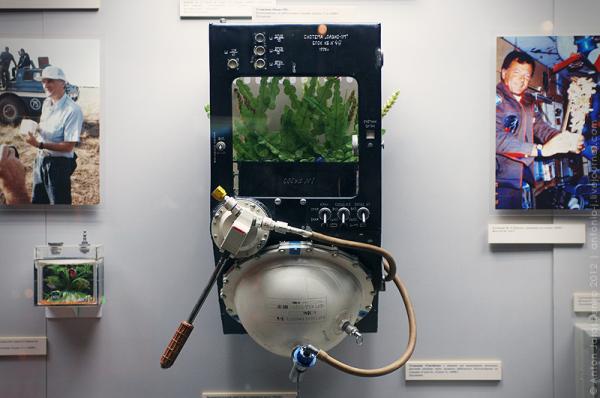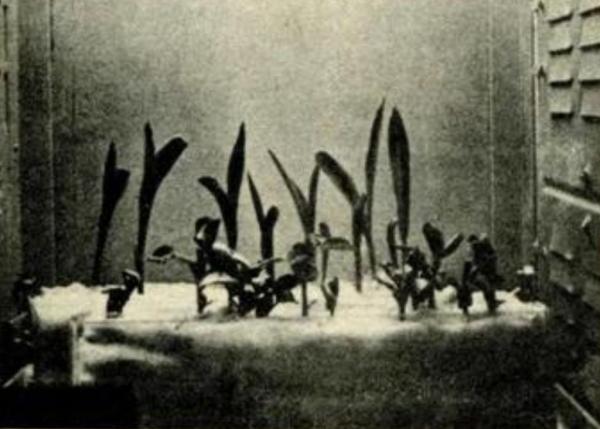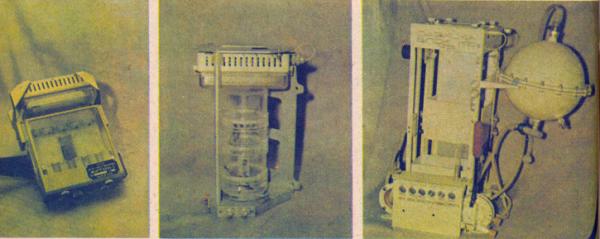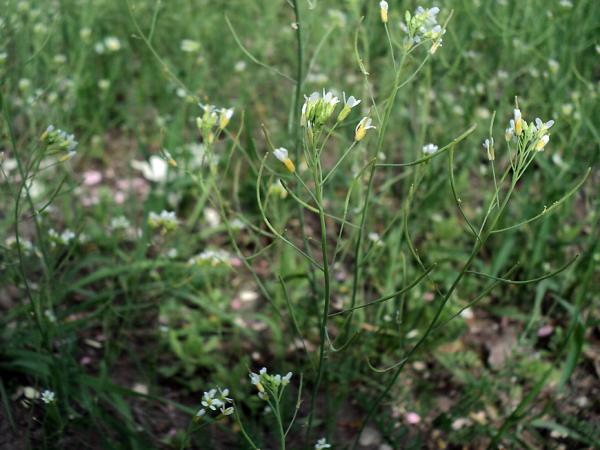Skip to content
:Home/Plants in space. Will the apple-trees blossom on Mars?

Plants in space. Will the apple-trees blossom on Mars?
April 12, 2018
April 12, 1961 Yuri Gagarin made the first flight into space, which lasted 108 minutes. The old dream of mankind about the conquest of the cosmos began to come true!
In the 1920s, fantastic theories about space travel became popular. It was then that the question arose about supplying cosmonauts with food. The first ideas and the first experiments on growing plants in an artificial environment are based on the experience of growing plants, including vegetables and fruits in greenhouses and greenhouses of that time.
Konstantin Tsiolkovsky in the “Objectives of Star Trekking” wrote: “Let’s imagine a long conical surface or a funnel whose base or wide opening is covered by a transparent spherical surface. It is directly facing the Sun, and the funnel rotates around its long axis (height). On the opaque inner walls of the cone – a layer of moist soil with plants planted in it. ”
In 1974, the station “Salyut-4” was put into orbit. Experiments begin with growing plants in near-Earth space. The first plant in the “Oasis” plant sprouted peas – the first plant that passed the cycle from seed to adult stem. In the future, seeds of wheat, lettuce, radish were grown in space. It was proved that you can grow greens for food. But most crops are grown for fruit and seeds, and for this the plant should blossom. But the plants, the real children of the Earth, refused to blossom in conditions of weightlessness.
First, experiments were carried out with tulips in the “Buttercup” plant, in which the plants blossomed on the North Pole. But in space they refused to dissolve their flowers. Then came the work with epiphytic orchids, which grow on the bark of trees, and their roots are not necessarily oriented to the ground. Half a year orchids gave new leaves and roots, but did not blossom. Flowers appeared on them only after returning to Earth.
Work began on the creation of phytotrons with artificial gravity. In such an installation for the first time in the cosmos blossomed the rezuchovidka Tal (lat. Arabidopsis thaliana) – fast-growing weed from the family of crucifers. From Arabidopsis received the first seeds.
On the Mir space station from the wild cabbage hybrid, not only could they get seeds, but also grow a second generation in space. True, the plants grew up to six centimeters in height instead of twenty-five.
Experiments on growing plants in artificial installations under conditions of weightlessness and on the ground of asteroids continue. Perhaps the colonization of Mars is not so far away as it seems to us now.
KE Manuscript Tsiolkovsky “Album of Space Travel”, 1933.

The Oasis-1M facility was used at the Salyut-7 and MIR orbital stations.

The wheat and pea seedlings that have risen in weightlessness in the “Oasis” installation.

Various plants for growing plants in zero-gravity conditions.

The talisma of Tal is Arabidopsis thaliana.

The logbook of the Salyut-7 station, sketches by Svetlana Savitskaya











